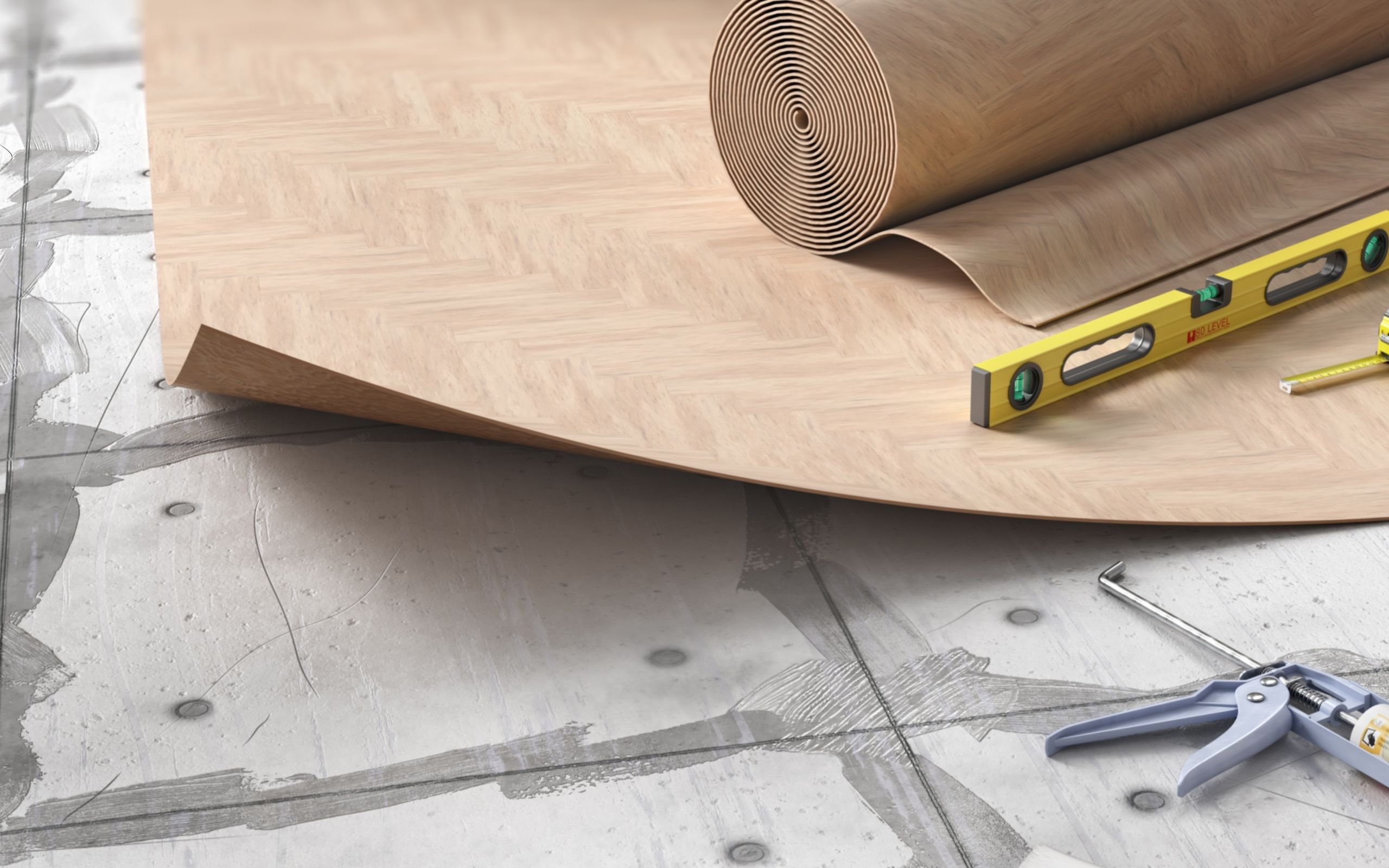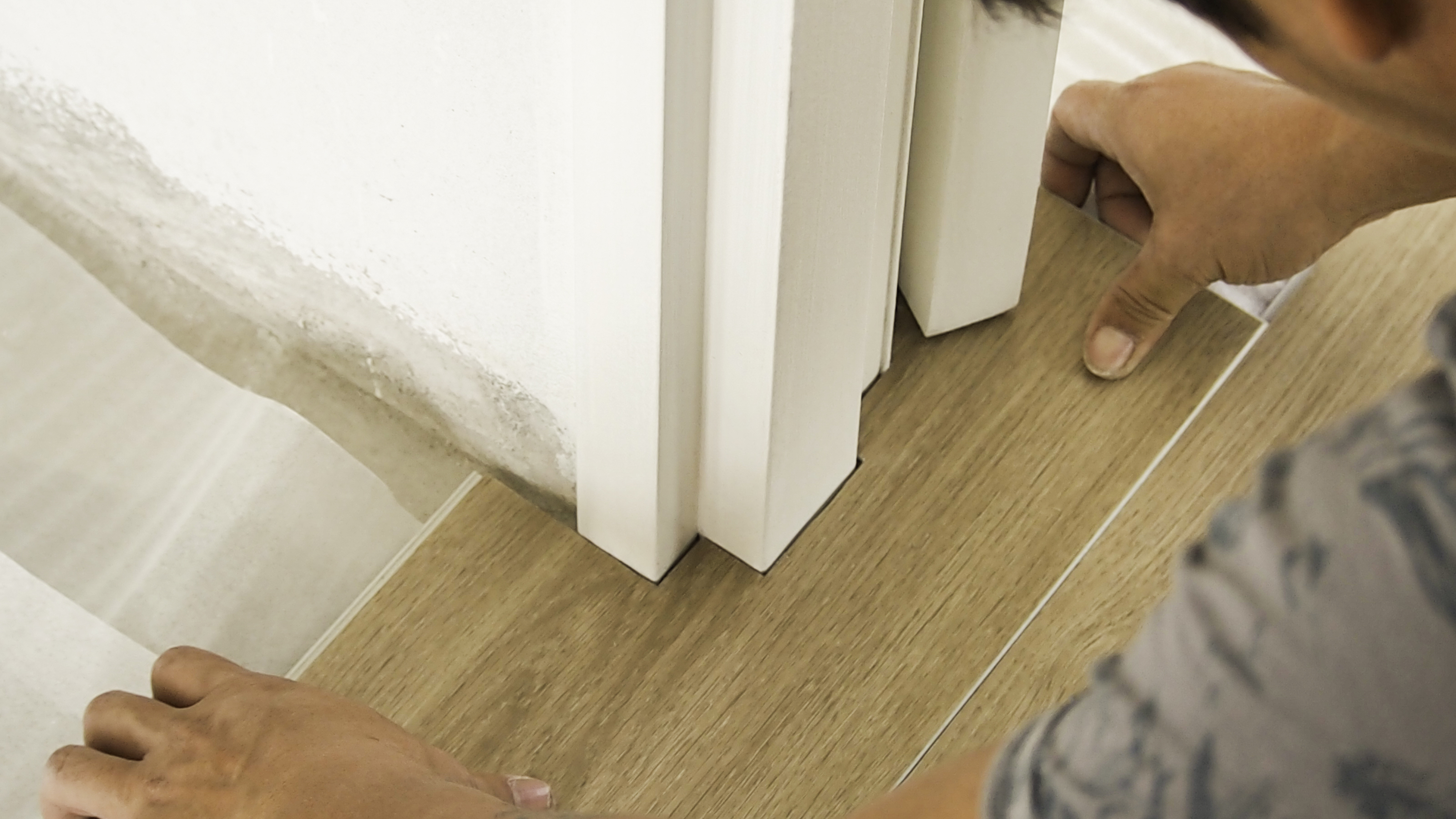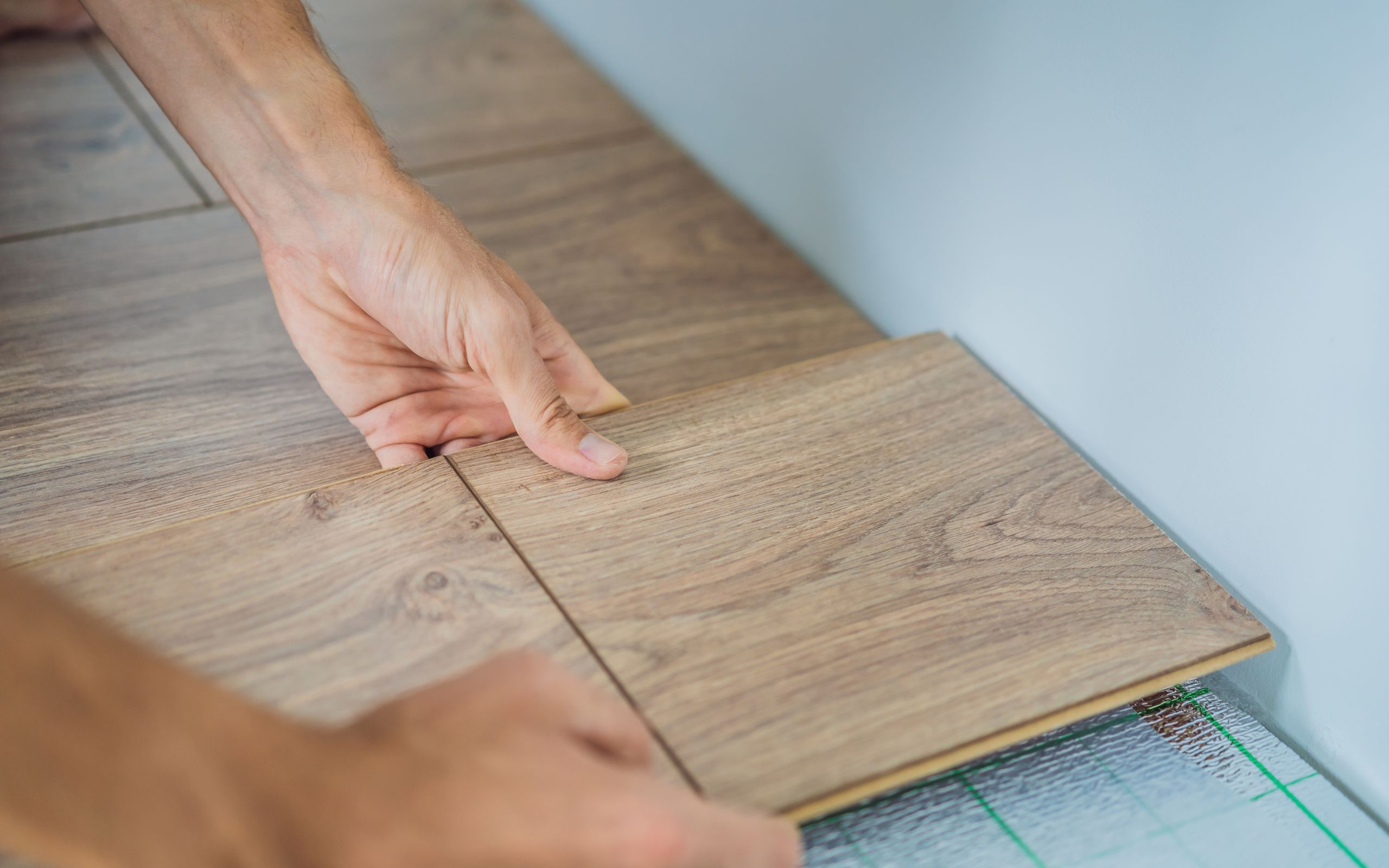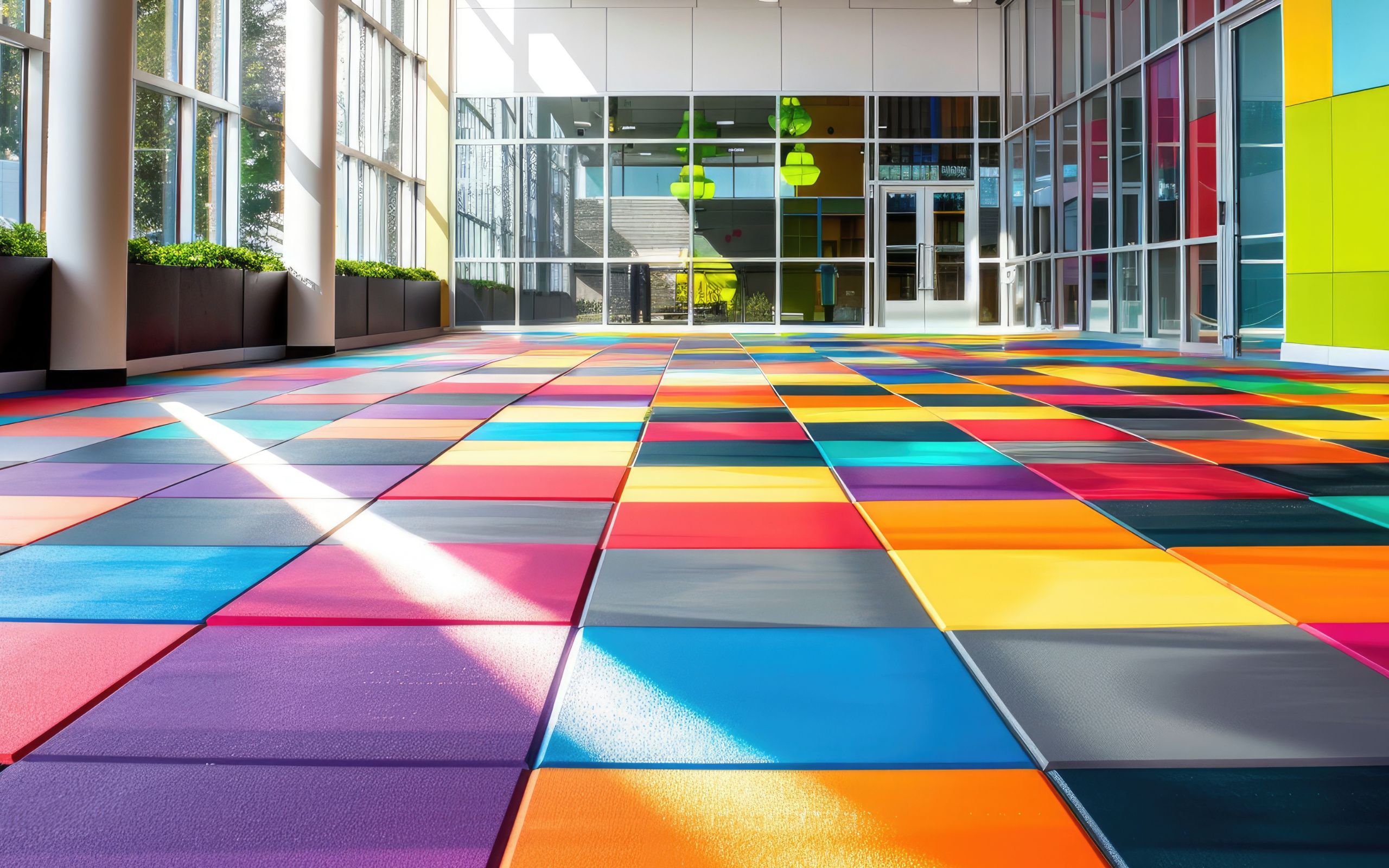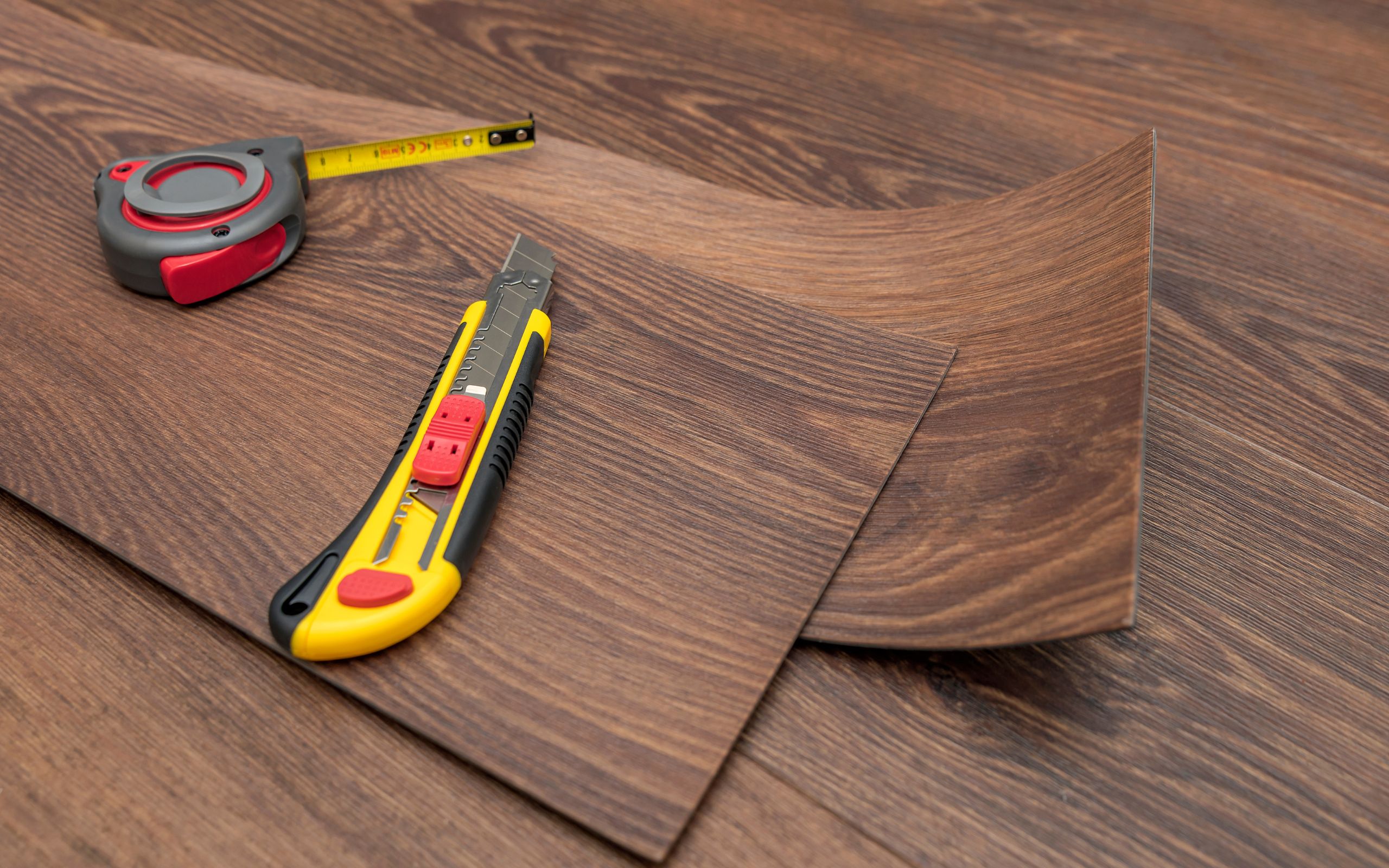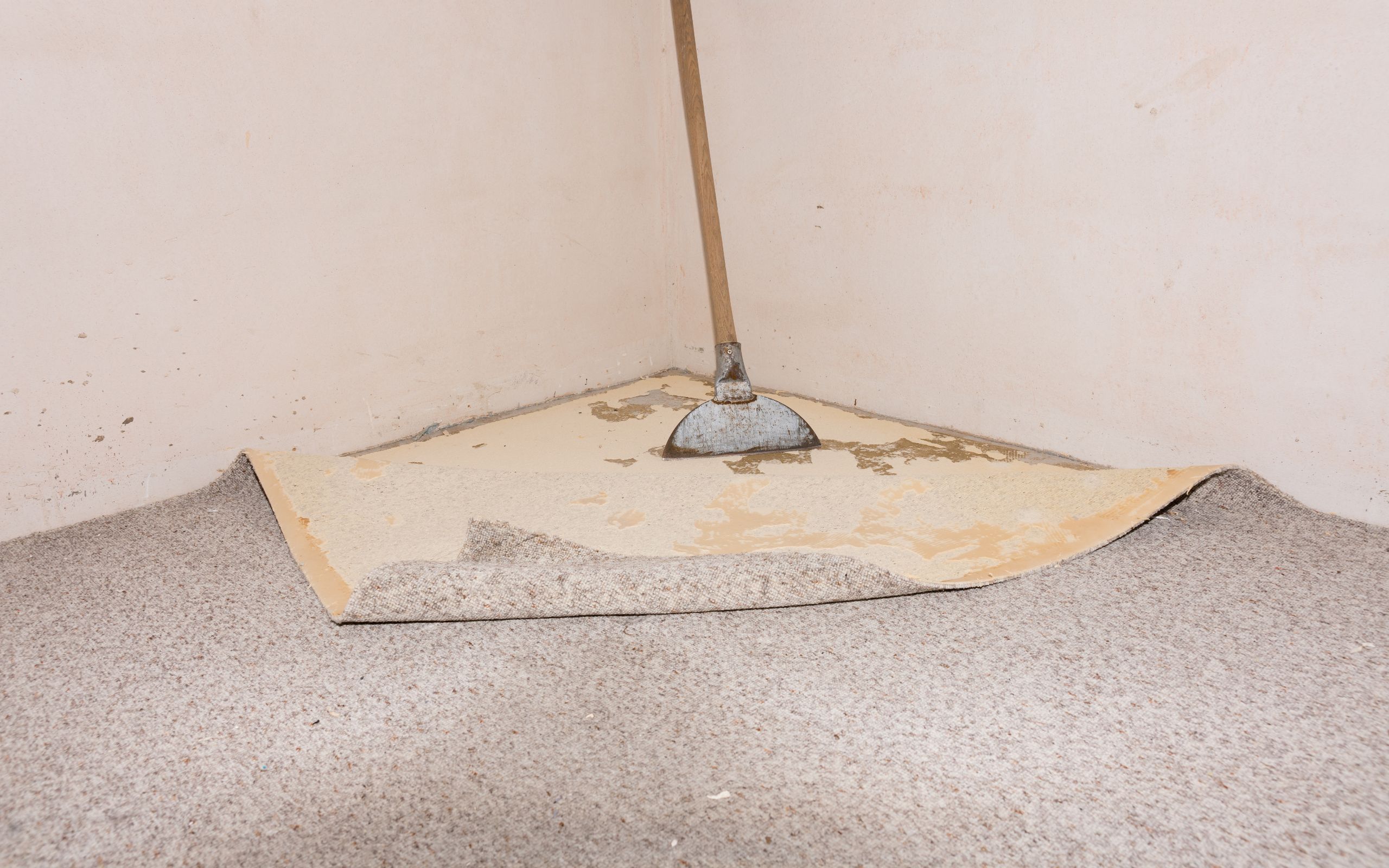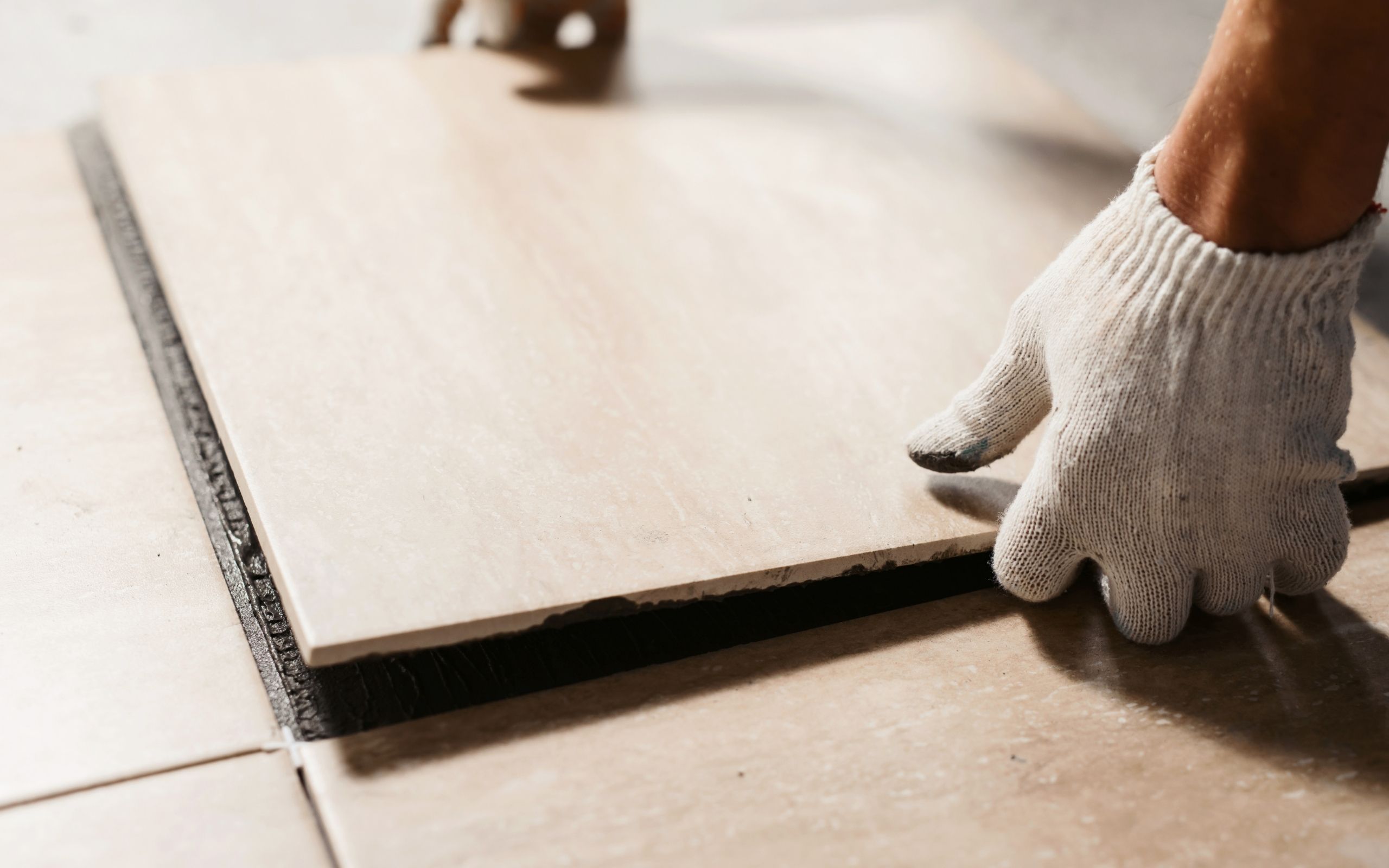

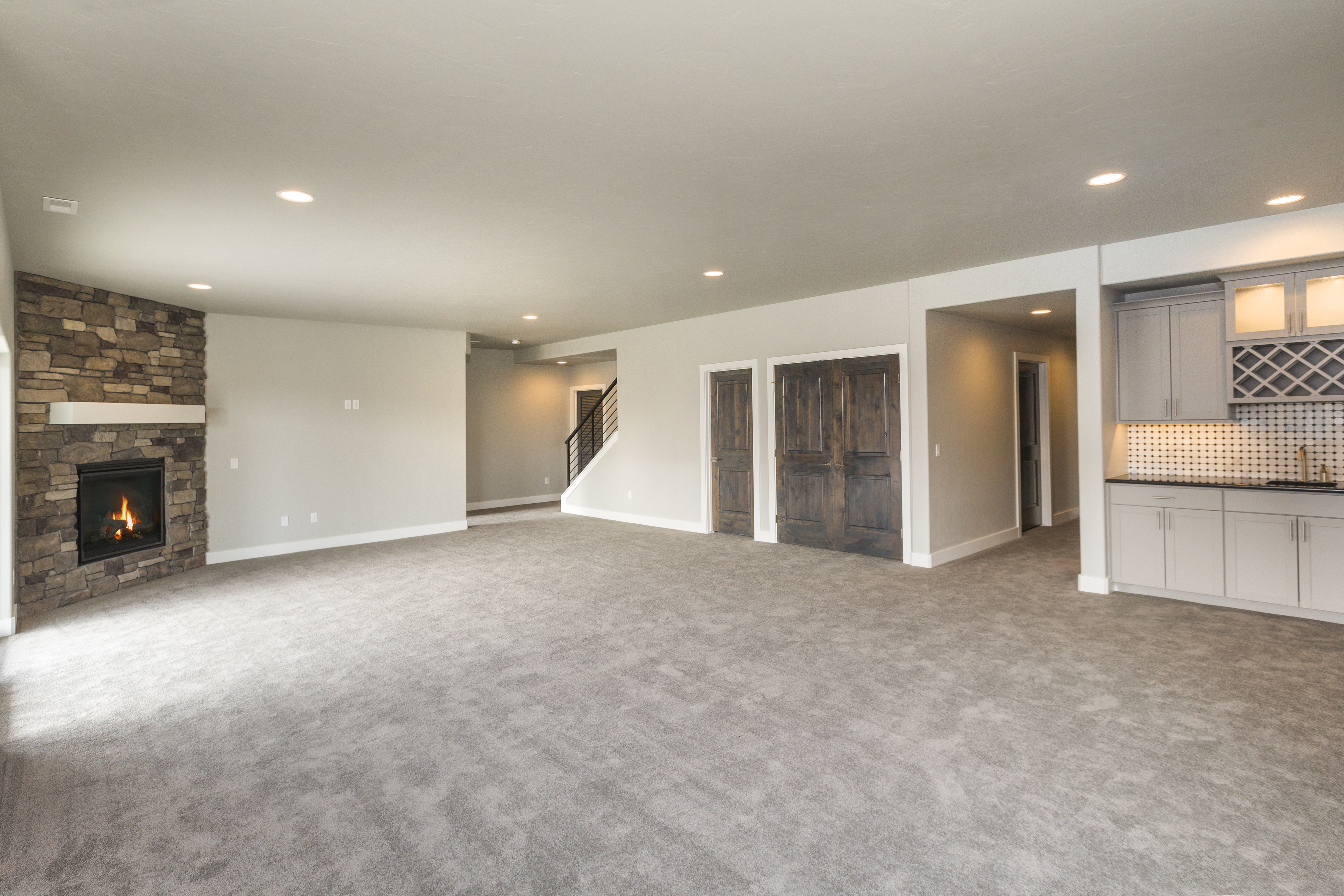
Embark on a Carpet Odyssey
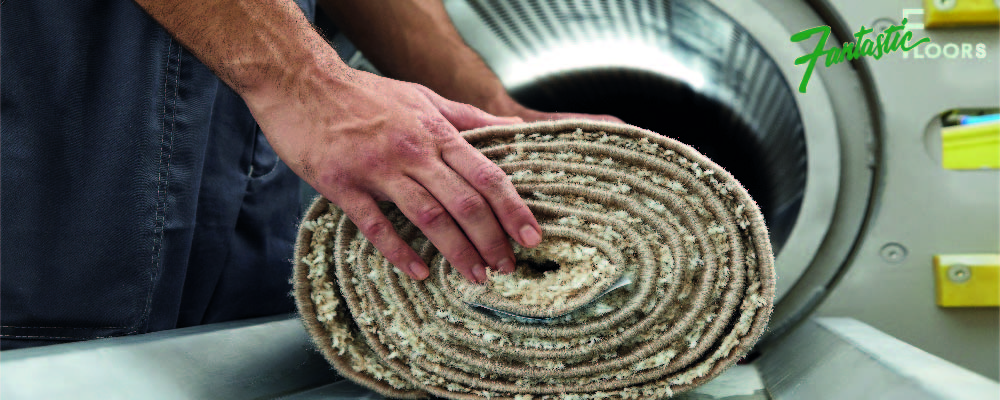
Tailored TLC: Special Care for Different Carpet Types
Tailored TLC: Special Care for Different Carpet Types Welcome, carpet aficionados and homeowners seeking the best care for their beloved floor coverings, to an insightful exploration into the world of specialized carpet care. Today, we embark on a journey where carpet maintenance goes beyond the standard, offering tailored care strategies for various carpet types. Understanding Carpet Diversity Imagine this: a diverse landscape of carpets, each with unique fibers, textures, and construction. Different carpets demand specific care to maintain their appearance, durability, and longevity. Specific Care for Different Materials From wool and nylon to polyester and olefin, each carpet material requires distinct care. Understanding the characteristics of these materials enables homeowners to apply appropriate cleaning techniques and maintenance routines. Pile Depth and Cleaning Techniques Carpet pile depth influences cleaning methods. High-pile carpets may trap more dirt, requiring deeper cleaning, while low-pile carpets are more resilient to certain treatments. Customizing cleaning techniques according to pile depth is crucial for preserving the carpet's quality. Stain Resistance and Treatments Stain-resistant carpets offer an added advantage, but they still require specific care to maintain their protective properties. Understanding the stain resistance level and applying suitable treatments is essential for effective maintenance. Specialized Care for Area Rugs and Oriental Carpets Area rugs and oriental carpets are unique in their construction and cultural significance. Preserving their intricate designs and delicate fibers requires specialized cleaning techniques and a gentle approach to maintenance. In the upcoming blog posts, we'll delve deeper into care tips tailored for different carpet materials, discuss specific cleaning methods for various pile depths, and provide insights into preserving the beauty and integrity of area rugs and oriental carpets. Join us on this journey to discover specialized care techniques, ensuring your carpets receive the bespoke treatment they deserve for long-lasting beauty and resilience! Houston flooring specialists, Houston carpet installation, Vinyl plank experts, Ceramic tile installation, Engineered wood flooring, Laminate flooring solutions, Emergency water treatments, Carpet cleaning services, Tile and grout cleaning, Vinyl sheet installation, Porcelain tile options, VCT flooring installation, A/C duct cleaning, Dryer vent maintenance, Houston flooring consultations, Quality installation guarantee, Expert flooring technicians, Affordable flooring choices, Water damage response, Diverse flooring selection
